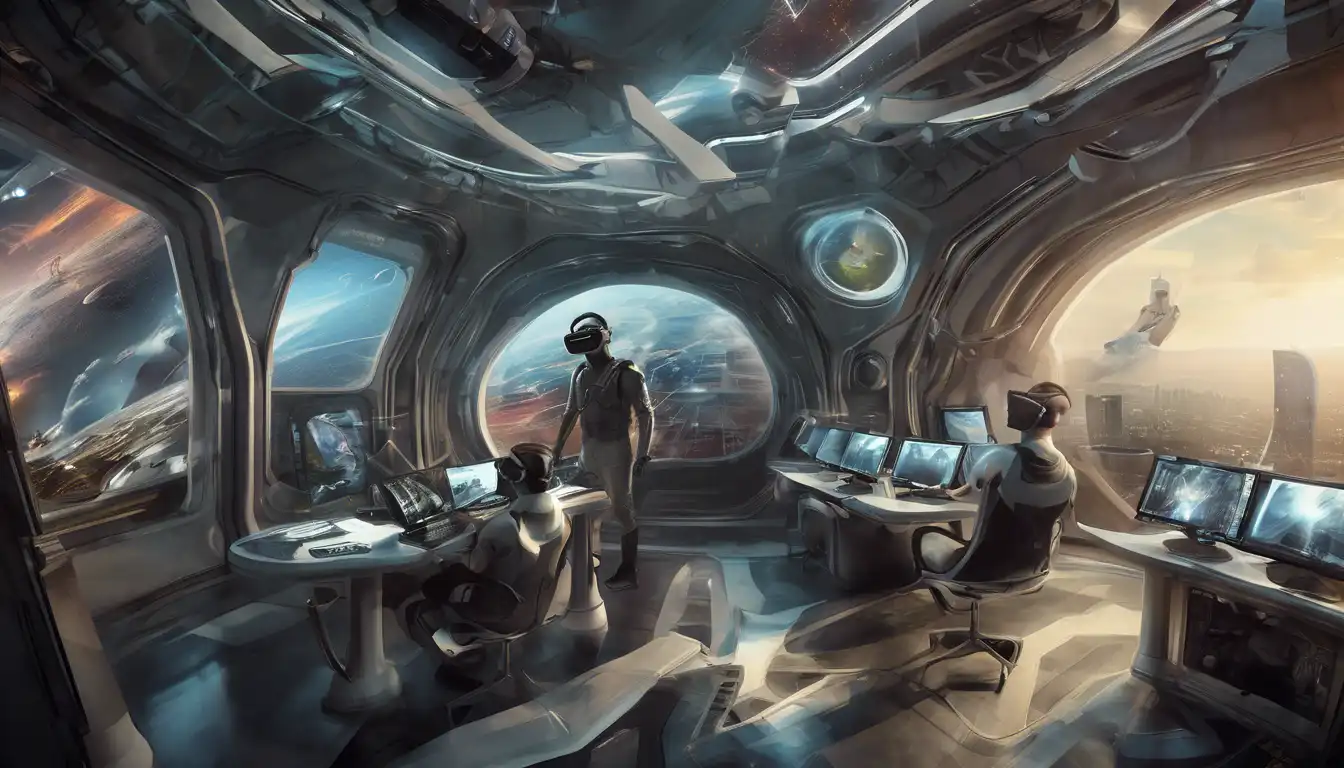Introduction to Virtual Reality
Virtual Reality (VR) has emerged as a groundbreaking technology that is reshaping how we interact with digital environments. From immersive gaming experiences to revolutionary training simulations, VR is setting the stage for a new era in tech innovation.
The Evolution of Virtual Reality
The journey of VR from a sci-fi fantasy to a tangible technology is nothing short of remarkable. Early experiments in the 20th century laid the groundwork for today's advanced VR systems, which offer unparalleled immersion and interactivity.
Applications of Virtual Reality
VR's applications span across various sectors, including education, healthcare, and entertainment. For instance, medical students can now perform virtual surgeries, offering a risk-free learning environment. Similarly, the entertainment industry is leveraging VR to create immersive movies and games.
The Future of Virtual Reality
As technology advances, the potential for VR is limitless. With the integration of artificial intelligence and the Internet of Things, VR is poised to become an integral part of our daily lives, transforming everything from social interactions to professional workflows.
Challenges and Considerations
Despite its potential, VR faces challenges such as high costs and the need for improved hardware. However, ongoing research and development are addressing these issues, paving the way for more accessible and user-friendly VR solutions.
Conclusion
Virtual Reality represents the next frontier in technology, offering endless possibilities for innovation and transformation. As we continue to explore its potential, VR is set to redefine our digital and physical worlds in ways we are just beginning to imagine.
For more insights into the latest tech trends, check out our articles on Digital Transformation and Future Tech.
